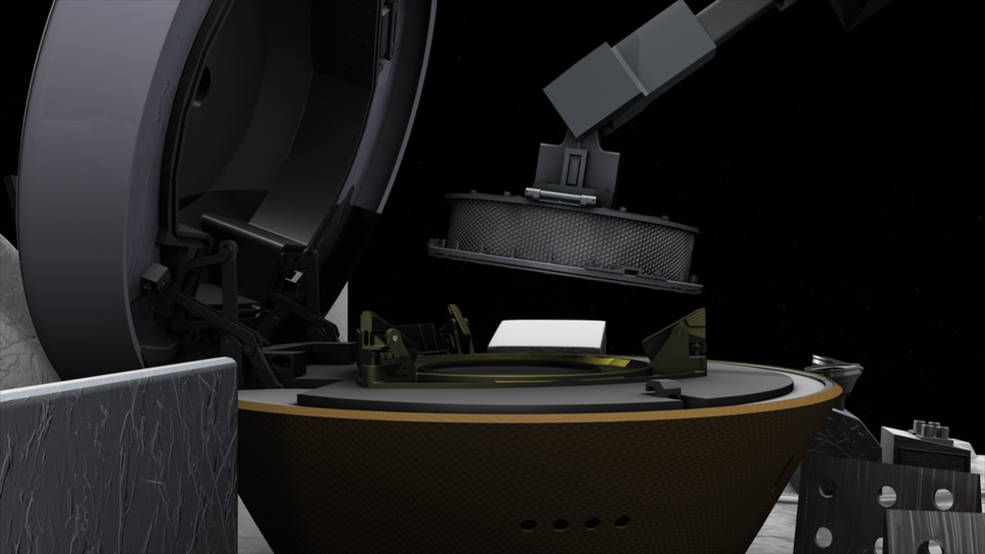Ways That Technology Has Changed Farming

The science of agriculture has changed a lot over the last few decades. The amount of land that farmers own is larger and the average crop yield is higher. The driving force behind these changes is technology. Technology has changed the way that we cultivate the land, tend to crops, and care for livestock. Let’s examine some of the ways that technology has changed farming for the better, and how these changes have impacted the way that farmers do their work.

Livestock Genetics
Humans have been selectively breeding animals for over 10,000 years. The latest technology has streamlined the process and made it more predictable. The earliest farmers would select certain animals based on their adaptation to specific climates and breed them with the aim of improving productivity, temperament, and the quality of their products. Today, there are animal geneticists who work to identify the elements within genes that enhance the growth and health of livestock. These advances in genetics will eventually allow farmers to increase production while reducing the environmental impacts of breeding. It’s not uncommon for modern farmers to utilize modern methods such as artificial insemination and embryo transfer to breed their animals, too.
Crop Genetics
The concept of improving plant genetics is just as old as the concept of improving livestock genetics, if not older. The earliest farmers and scientists used plant selection and breeding techniques to improve crop yield, but their methods weren’t as advanced as the methods used today. Today, plant breeders use a combination of traditional and modern methods to improve their crops. The two most common methods include marker-assisted breeding, which accelerates the breeding process, and genetic engineering, which can improve a plant’s resistance to insects and disease and provide them with drought and herbicide tolerance.
Improved Equipment
The most significant way that technology has changed farming is by allowing for the creation of improved, often mechanized, farming equipment. The tractors, planters, and combines that modern farmers use are larger and more efficient than ever. Their wheels have evolved, as well. The switch from all-steel tires to pneumatic tires, which includes types such as bias and radial, has made operating farming equipment easier and more comfortable for the drivers. Livestock barns are equipped with automatic feeders and robotic milking machines, and the grain elevator has improved the way that farmers collect and store grain.





